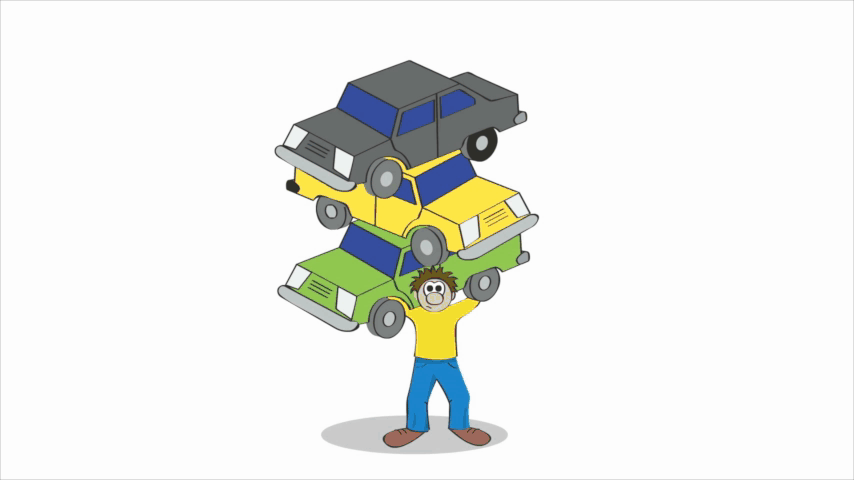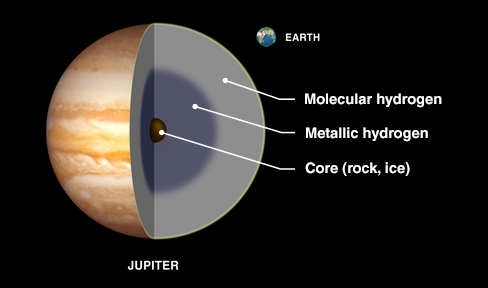Under Pressure...

If you have ever spent any time at the bottom of the deep end of a pool, you probably noticed that everything around you seemed heavier. Your ears might have hurt a bit and you might have felt your goggles press harder against your face. This is because the deeper you go, the more water there is on top of you. All that water presses against you and you experience more pressure.
If you notice this effect in a relatively shallow swimming pool, imagine how much pressure you would feel at the bottom of the deepest part of the ocean. At the bottom of the Pacific Ocean, you would feel as if there were over 16,000 pounds of force pressing on every square inch of your body! That’s like having the weight of three cars pressing against every square inch of your body. Obviously no human could survive under such conditions—that’s why we’ve had to build incredibly strong submarines to go that deep.
But that kind of pressure is nothing compared to what would be found at the center of the Earth. Think of everything that would be on top of you—oceans, mountains, millions of tons of molten material, an iron core... In theory, you would experience about 53 million pounds (or around 10,000 cars) of pressure on every square inch of your body at that depth.
But as powerful as that may sound, the pressure at the center of Earth is child’s play compared to the pressure at the center of Jupiter. How much weight would each square inch of your body experience there? Potentially over 650 million pounds! That’s nearly 130,000 cars! If you were to stack up all those cars they would rise up 117 miles above Earth—and if you can imagine it, there would be one stack like that for each square inch of your body!

Remember: We are talking about a whole stack of cars, like those shown above, for every square inch of your body!
What Happens Under That Much Pressure?
It turns out some pretty crazy things happen under that kind of immense pressure. Jupiter is made up almost entirely of hydrogen. When you think of hydrogen, you probably think of a common, colorless, odorless gas. But under the millions of pounds of pressure found inside Jupiter, the hydrogen gas is compressed so much that it actually changes into a liquid! Even deeper, the pressure is so great that the liquid hydrogen acts like a metal. Scientists call it liquid metallic hydrogen.

Here's what we think it looks like inside of Jupiter. Earth is shown for scale.
At least we are pretty sure that’s what is going on inside Jupiter. The conditions on Jupiter are so extreme that they can’t really be recreated here on Earth. Scientists have been trying for years to create liquid metallic hydrogen. But it is nearly impossible to mimic the interior of Jupiter on Earth for more than a couple millionths of a second.
The Largest Ocean in the Solar System
 Jupiter's Great Red Spot. The spot is a hurricane-like storm that has been raging on the planet's gaseous exterior for hundreds of years. But what's happening inside may just be even crazier than that!
Jupiter's Great Red Spot. The spot is a hurricane-like storm that has been raging on the planet's gaseous exterior for hundreds of years. But what's happening inside may just be even crazier than that!
Despite how hard it is to create these conditions here on Earth, Jupiter is so extremely massive that it probably has an entire ocean of liquid metallic hydrogen deep underneath its cloudy exterior. Incredibly, if scientists are right, it would be the largest ocean in our solar system.
An entire ocean of something we can barely produce here on Earth! Turns out pretty crazy things happen when something is surrounded by the weight of 130,000 cars in every direction!
Jupiter. Credit: NASA/JPL/Univ. of Arizona.
